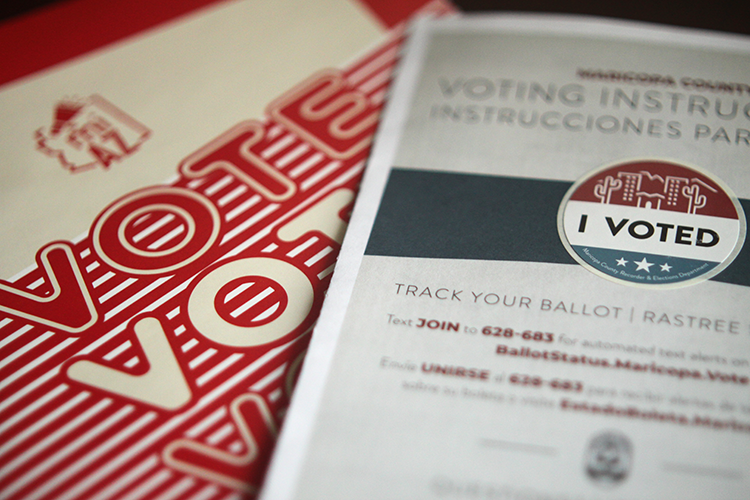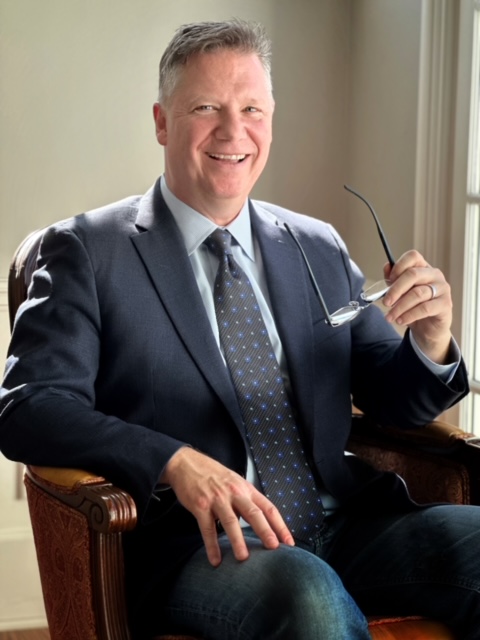For 30 years, ABA Children's Rights Litigation Committee has trained and supported kids' lawyers

Image from Shutterstock.
Angela Vigil first heard about the ABA Section of Litigation’s Children’s Rights Litigation Committee more than 20 years ago, when a mentor suggested she get involved.
Vigil worked in the Children and Family Justice Center, a children’s law office and part of the Bluhm Legal Clinic at Northwestern Pritzker School of Law. She’d been practicing for less than a decade and wasn’t sure it would be useful to join a large national organization, which to her seemed far removed from her clients and their problems.
 Angela Vigil calls the Children’s Rights Litigation Committee “a fantastic banger of the drum that kids need true representation.”
Angela Vigil calls the Children’s Rights Litigation Committee “a fantastic banger of the drum that kids need true representation.” “I’m probably the best example in the world for why that’s not true,” says Vigil, now a partner and executive director of global pro bono at Baker McKenzie in Miami and the longest-serving member of the committee. “Most of the meaningful policy work I’ve been able to do in the space around children’s rights through my career has been either in partnership with, with the assistance of, directly for or at least inspired by the CRLC.”
The Section of Litigation created the Children’s Rights Litigation Committee in 1993 to address the underrepresentation of children in child welfare, juvenile justice, immigration and other areas of the legal system. The committee members, with the assistance of longtime director Cathy Krebs, help protect children’s right to counsel and support lawyers who advocate for child and youth clients.
For the past three decades, the Children’s Rights Litigation Committee has assisted in the formation and expansion of numerous children’s law programs, provided training and resources to full-time and pro bono children’s lawyers, and drafted policy to improve the representation of children around the country. Through this work, Vigil says, its members help lead the conversation around what it means to be a lawyer for kids.
“The CRLC has just been a fantastic banger of the drum that kids need true representation, just like anyone else who’s inside a system that is making incredibly impactful decisions about their lives,” she says.
Support network
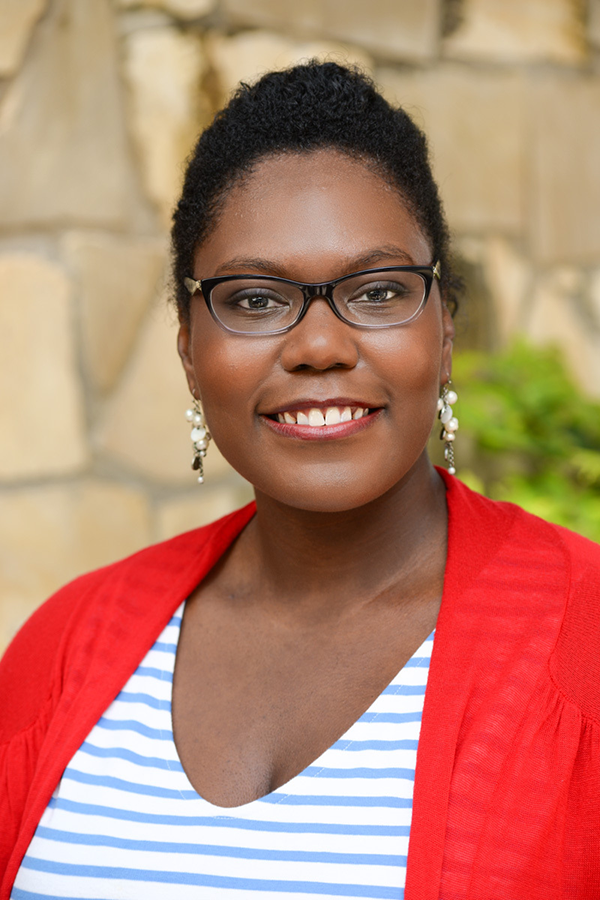 Gabriella McDonald, co-chair of the Children’s Rights Litigation Committee, says the goal is to make sure childrens’ lawyers “have everything they need to be good lawyers.”
Gabriella McDonald, co-chair of the Children’s Rights Litigation Committee, says the goal is to make sure childrens’ lawyers “have everything they need to be good lawyers.”Seven years ago, Gabriella McDonald, the deputy director of Texas Appleseed in Austin, Texas, connected with the Children’s Rights Litigation Committee through her work on youth homelessness. Now one of its co-chairs, she views inspiring children’s lawyers as one of the committee’s crucial responsibilities.
“As an arm of the ABA, it’s really important for us to get people thinking about doing that type of law and what it really takes,” McDonald says. “We’re also looking at how we can support people who are already doing it and making sure they have everything they need to be good lawyers.”
The Children’s Rights Litigation Committee has hosted several free webinars on children’s law, including two that focused on legal careers in child welfare and juvenile justice in 2020 and three others that explored the future of children’s lawyering in 2022. McDonald adds that committee members hope to meet with more students in law schools as well as social work, psychology and education programs to talk with them about the practice.
In recent years, the committee also has organized statewide trainings for children’s lawyers in Mississippi, Idaho and Georgia in addition to a listening and appreciation tour, which included visits to six midsize cities. During the 2019 tour, its members talked with more than 500 children’s lawyers about specific needs in their communities and provided programming on how to meet them.
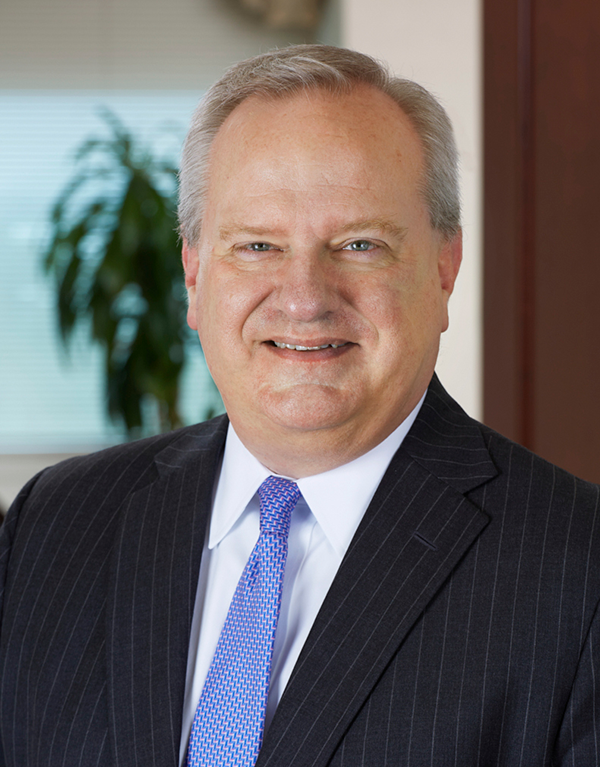 Palmer Gene Vance II, chair of the ABA House of Delegates, has been an active participant in the Children’s Rights Litigation Committee’s trainings and tours.
Palmer Gene Vance II, chair of the ABA House of Delegates, has been an active participant in the Children’s Rights Litigation Committee’s trainings and tours.Palmer Gene Vance II was chair of the Litigation Section at the time and accompanied the Children’s Rights Litigation Committee on most of these visits, including ones to Wilmington, Delaware; Montgomery, Alabama; and Omaha, Nebraska. He particularly remembers the program in Omaha, which was held at Boys Town, the site of a renowned residential facility established in 1917 to care for homeless boys.
“The outreach was more than just in the community because there were literally children’s rights lawyers or lawyers who were practicing on behalf of children all over Nebraska who had come to this program,” says Vance, a member at Stoll Keenon Ogden in Lexington, Kentucky, and now chair of the ABA House of Delegates. “We had a full day talking about the challenges, the opportunities and how to be a better lawyer for kids in this place that has such a long history of being a safe haven for children.”
Tools of the trade
The Children’s Rights Litigation Committee, in addition to coordinating national and international summits and symposiums, regularly provides training materials, toolkits and other resources to lawyers who represent child and youth clients.
Brent Pattison, a juvenile court judge in Des Moines, Iowa, previously worked as the director of the Middleton Center for Children’s Rights at Drake University Law School. Each year, he showed students “Interviewing the Child Client: Approaches and Techniques for a Successful Interview,” a training video produced by the committee in 2008 that has more than 165,000 views on YouTube.
“The young people we meet in juvenile court, particularly, have a lot of reasons not to trust adults,” says Pattison, another longtime member of the Children’s Rights Litigation Committee. “When they see a lawyer coming, their first assumption isn’t that the lawyer is there for them; it’s that somehow, they work with the state and they’re not really their advocate.
“Lawyers for children have to overcome that, and I think the client interviewing project that was done years ago provides some really practical tools for people to get better at that part of lawyering.”
Among other guidance, the committee created three toolkits that compile social science research on the trauma caused by the separation of families, the benefits of kin placement and the benefits of sibling contact. Their purpose is to assist children’s lawyers with in-court and out-of-court advocacy.
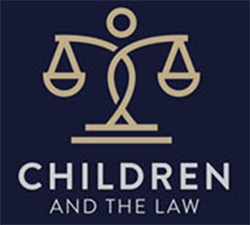 This is a part of the ABA Journal’s Children & the Law series, exploring children’s law and juvenile justice.
This is a part of the ABA Journal’s Children & the Law series, exploring children’s law and juvenile justice.The committee’s newest toolkit is “Let’s Talk About You.” It will be available this fall and offer lawyers information about how to speak to child and youth clients about all aspects of their identity. McDonald contends this is especially important because LGBTQ youth are facing increased challenges nationwide.
“If you’re not LGBTQ yourself or don’t think you’re serving anybody who is LGBTQ, it’s sometimes hard to really think about what it means to adequately speak to somebody with openness,” she says. “Making sure that attorneys have all the tools to be able to serve everyone is incredibly important, especially when kids are shaped by so many experiences very early on.”
Inspiring change
The Children’s Rights Litigation Committee also has helped the ABA influence national policy on children’s legal issues.
The committee drafted and supported the Model Act Governing the Representation of Children in Abuse, Neglect and Dependency Proceedings, which the House of Delegates adopted in 2011. It also coordinated the passage of the Model Act Governing the Confidentiality and Expungement of Juvenile Delinquency Records in 2015 and a measure urging governments to prohibit strip searches of children and youth, other than in exceptional cases, in 2020.
Issues the committee is currently focused on include increasing access to mental health providers for children in the child welfare, juvenile justice and immigration systems and encouraging an anti-racist approach to all children’s proceedings, McDonald says.
“We’re hoping there will be some pilot programs in a couple of cities or jurisdictions that really revamp the way the system works and that legal providers provide representation to youth in such a way that we are not perpetuating the systemic racism that we have in all of our systems already,” she says.
Vigil adds that the Children’s Rights Litigation Committee will continue to ensure children’s rights don’t get left behind as the practice of law evolves in years ahead.
“It’s a place for people who want to think about how to innovate and change laws to better meet the human rights of kids,” she says. “That’s what the CRLC has always stood for, that children’s rights are human rights, and they need creative thinking.”
This story is part of the ABA Journal’s Children & the Law series exploring children’s law and juvenile justice.

